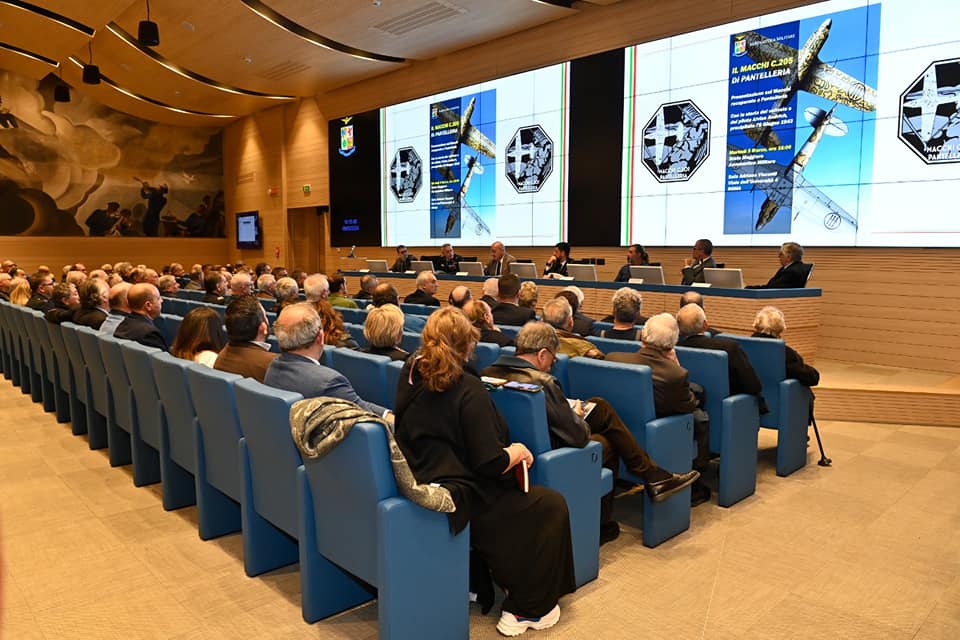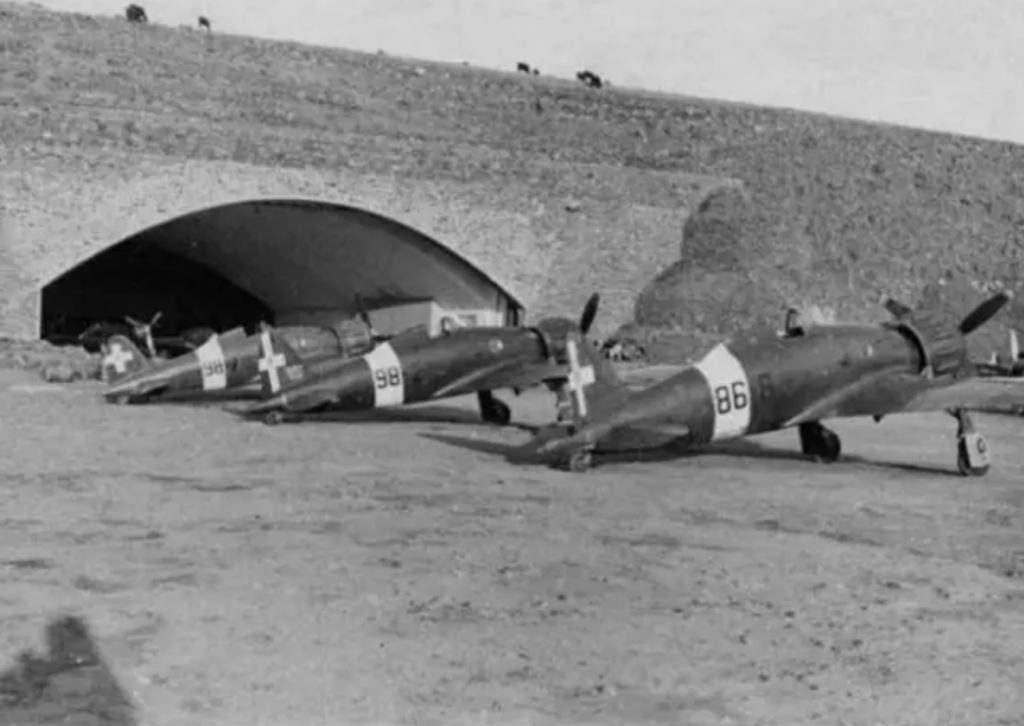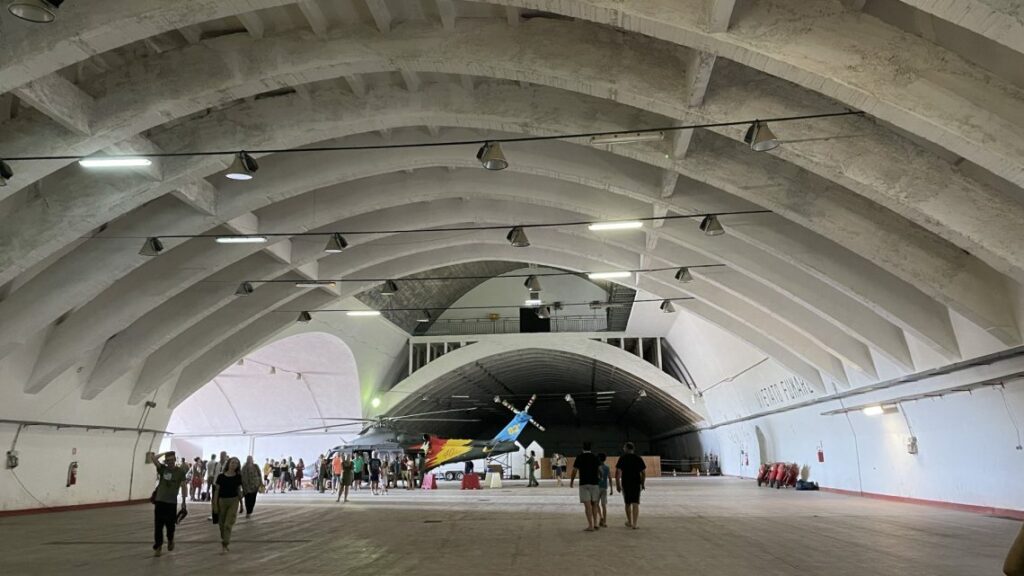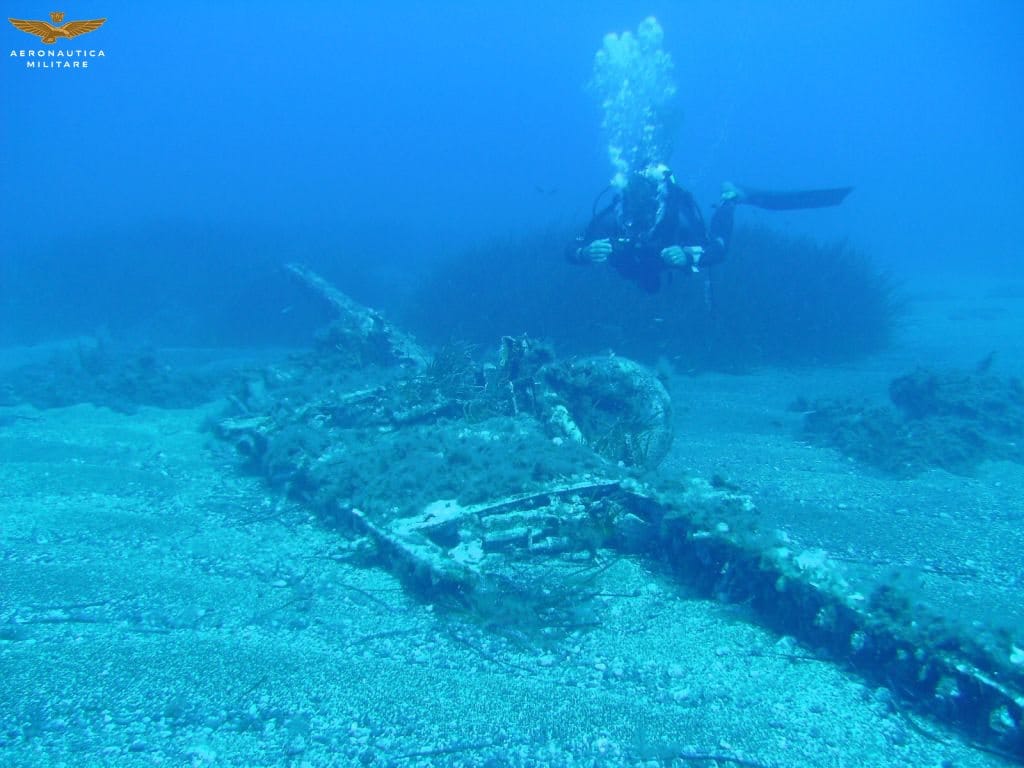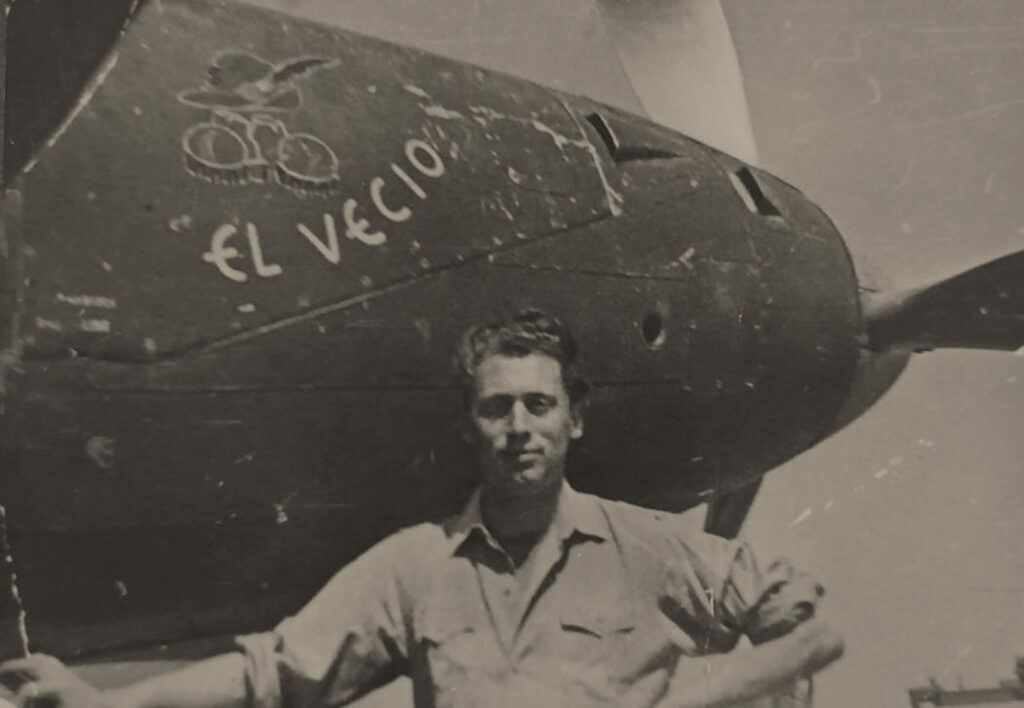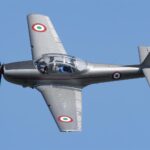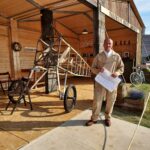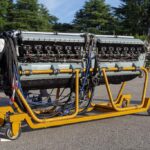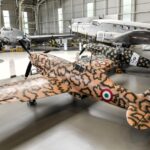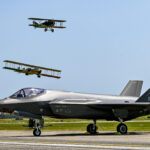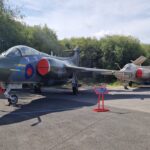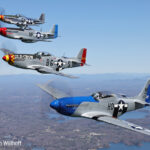On March 5th, 2024 the Aeronautica Militare Italiana (Italian Air Force – AMI) hosted a presentation about the recovery and conservation of a Macchi C.205 Veltro, which had been lost in the Second World War and was recovered off the coast of Pantelleria. The event occurred in the presence of the pilot’s family and was held at the Auditorium of Palazzo Aeronautica as part of the recovery and valorization activities of the historical heritage of the AMI.
The Veltro (Italian for greyhound), serial number MM9310, was operating with the 1st Fighter Wing of the Regia Aeronautica when it was lost during the defense of Pantelleria, only to be identified in 2007 and recovered in 2023. A study of the wreckage led to the identification of the pilot as WWII ace Second Lieutenant Alvise Andrich, highly decorated for military valor, who was shot down on June 8th, 1943, and successfully bailed out from this Macchi.
The event organized by the AMI and moderated by the journalist Vincenzo Grienti featured, among others, speeches from Gen. Isp. Chief Basilio Di Martino, aeronautical historian and former President of the Committee for the Centenary of the Air Force Col. Franco Linzalone, Commander of the Pantelleria Airport Detachment, and Andrich’s son, Renato Andrich.
The organizations that, in various capacities, took part in the recovery of the aircraft also participated in the event: the OTS Green Divers diver Antonello D’Aietti, who in 2007 identified the wreck off the coast of Pantelleria; Lieutenant Commander Sebastiano Sgroi, of the 3rd Underwater Operators Unit of the Messina Coast Guard; and Dr. Roberto La Rocca, of the Superintendence of the Sea of the Sicilian Region. The contribution of the Museum of Engines and Mechanisms of the University of Palermo is also significant for the identification of the finds recovered from the sea, in particular the remains of the Macchi’s Fiat RA.1050 R.C.58 Tifone engine.
In welcoming those present, Gen. BA Urbano Floreani, Head of the 5th SMA Department – Communication, said: “…the greatest monuments to the heroes fallen in battle are not made of marble but are at the bottom of the sea, buried among the dunes of arid deserts and among the clouds of distant skies. This story is dedicated to a hero, an ace, who continued to fly after the accident in which he was the protagonist. However, the recovery is dedicated to all those who have not returned home. This is why the 5th Department, of the Italian Air Force, encountered this feat. Promote historical valorization and tell this beautiful story…”
Colonel Linzalone, Commander of the Air Force’s Pantelleria Detachment, wanted to retrace the stages of this fascinating story from the recovery of the wreck to the search through historical sources to what type of aircraft the pieces found corresponded to. “… when I saw the wreck for the first time, the pieces gave me a strong emotion. They give us a testimony of an aircraft that represented an important part of our FA. The moment the plane was shot down it was no longer a piece of metal but a true emotion. also an important testimony because it represents an effective synergy between multiple institutions…”
Subsequently, Alvise Andrich’s son Renato took the floor and, with strong emotion, wanted to remember the figure of his father. “… I knew about the demolition through the stories of my mother who reminded him of how he was saved from a stormy sea by a German patrol boat. He taught us the courage of one’s actions, the sense of responsibility, the love of country, and the sense of duty that has accompanied me and my sister and all our children throughout their lives… I can’t wait to go to Pantelleria to visit the museum site where Dad’s plane will be preserved…”
The restoration project involves the construction of a wood and steel structure that reproduces the shape of the Veltro where the original pieces will be placed, while the rear part of the aircraft will be covered in aluminum by the artist Marco Mazzei. At the end of the project, the display will be exhibited at the Nervi hangar of Pantelleria Airport, from where the aircraft operated during the war.
The AMI has always been strongly committed to activities aimed at valorizing the operational, industrial, and technological history of aviation in Italy, also through the development of a widespread museum center, which includes the MUSAM – Historical Museum of the Air Force in Vigna di Valle, the focal point for Italy’s aeronautical heritage.
[wbn_ads_google_three]
The Macchi C.205 Veltro, widely regarded as the best Italian fighter aircraft of WWII, was the evolution of the Macchi C.202 Folgore (“Thunderbolt”) and entered service in Pantelleria in April 1943. It was the first Italian fighter capable of competing on equal terms with the opponents of the time, despite being in conditions of overwhelming numerical inferiority.
The wreck of Veltro MM9310 (engine, wing spars with landing gear, and machine guns) was discovered off the coast of Pantelleria in 2007, lying on the seabed at about 30 meters deep, 700 meters from the coast, and recovered between April and October 2023 thanks to the collaboration between AMI, Harbor Master’s Office – Coast Guard, Superintendence of the Sea and OTS Green Divers.
The search for documentary and archival sources, including the archives of the Historical Office of the Air Force, of Aermacchi, and the Central State Archives, led to the analysis of Captain Alvise Andrich’s logbook which identified him as the pilot of the aircraft and at the time a Second Lieutenant.







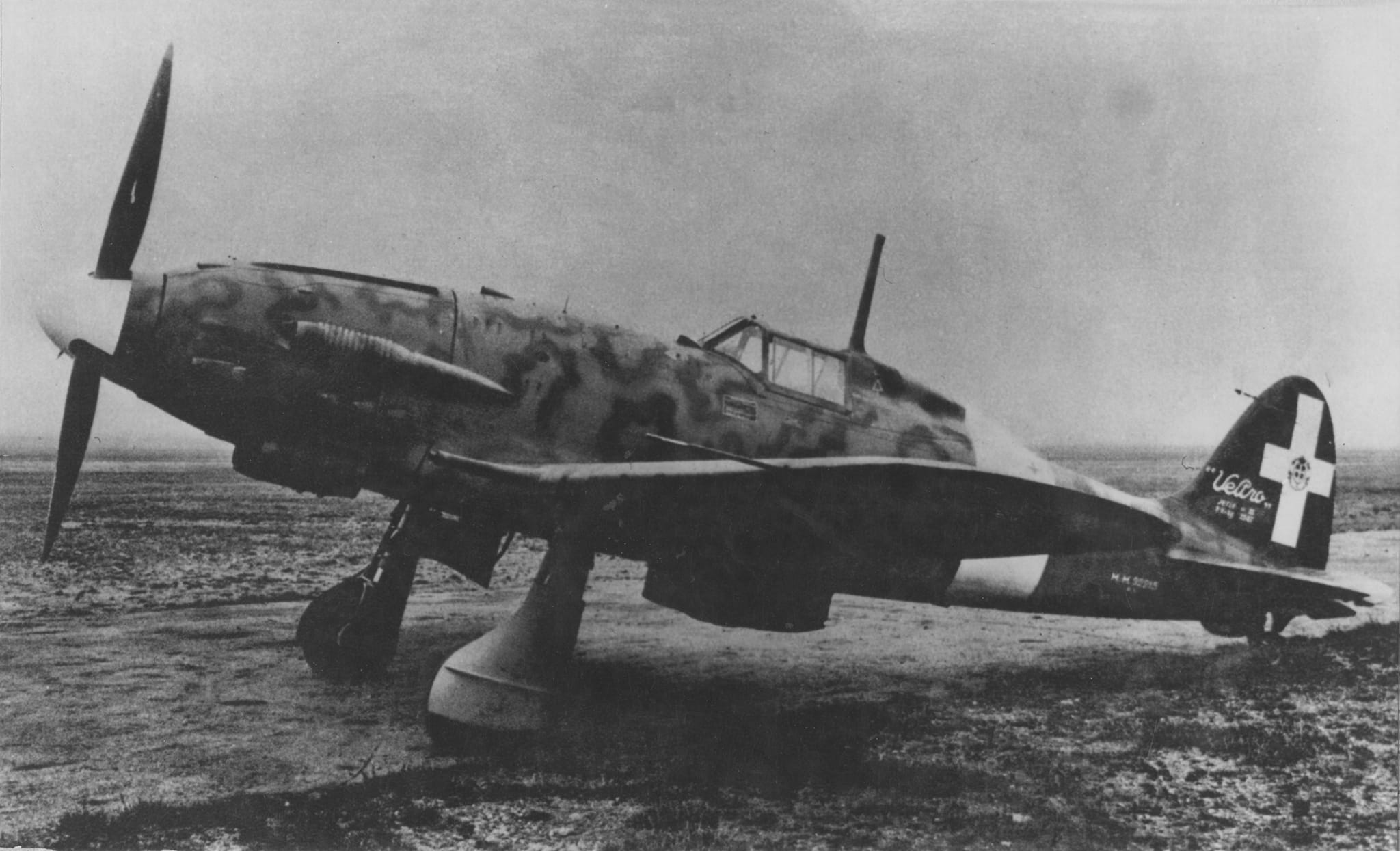

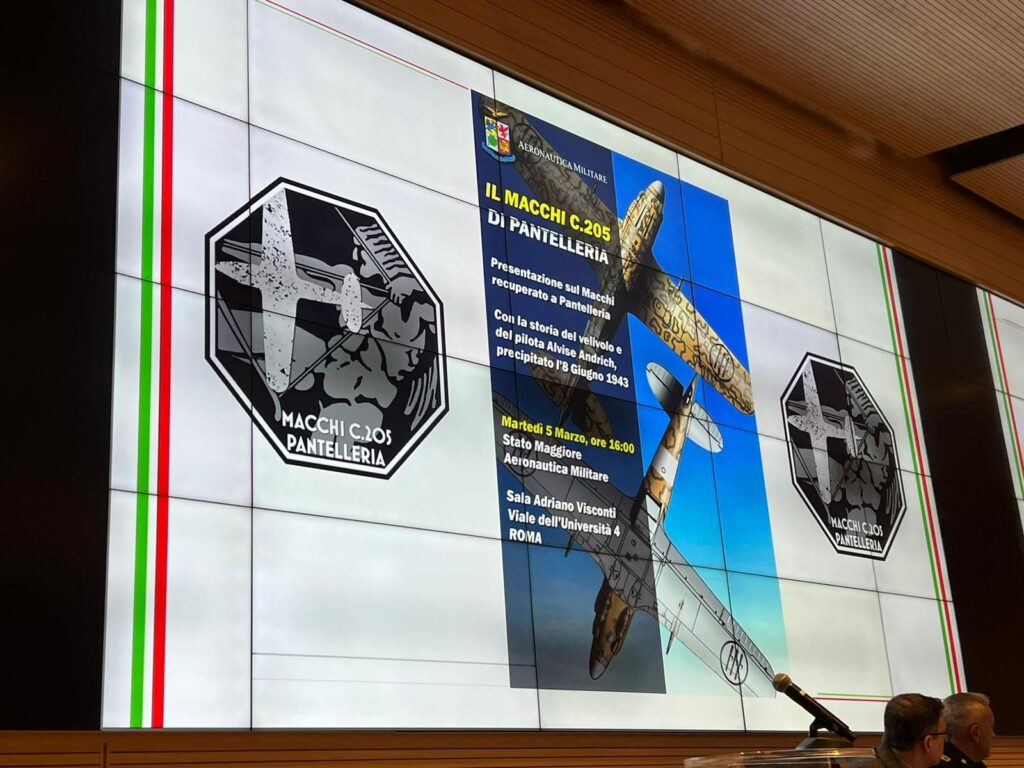
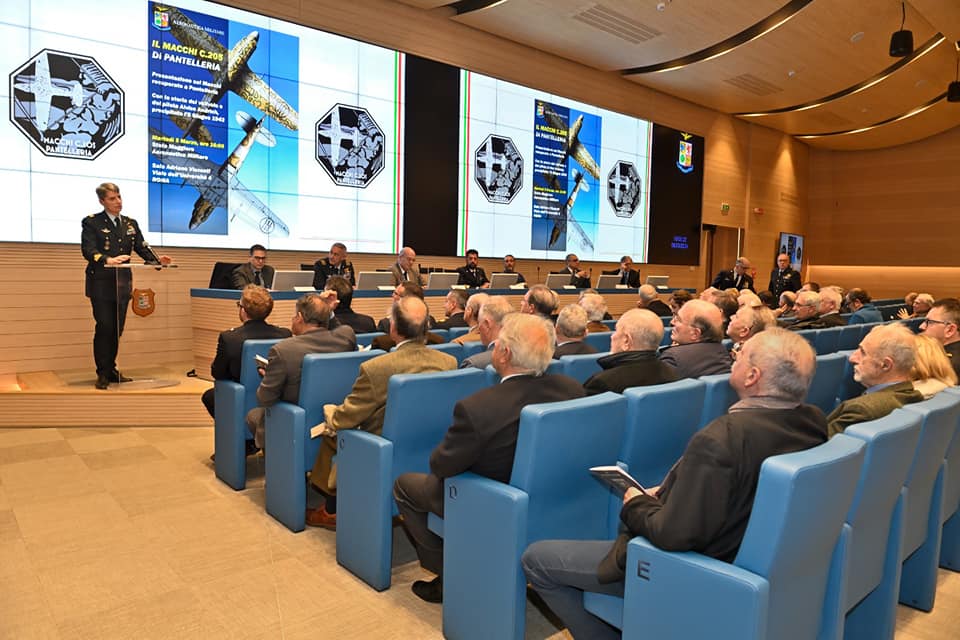
![Italian Air Force Presents Macchi C.205 Veltro Conservation Project 12 The remains of Veltro MM9310's Fiat Tifone engine as discovered by divers in 2013. [Photograph via Aeronautica Militare Italiana]](https://vintageaviationnews.com/wp-content/uploads/Italian-Air-Force-Presented-Macchi-C.205-Veltro-Restoration-Project-_DB605-engine.jpg)
